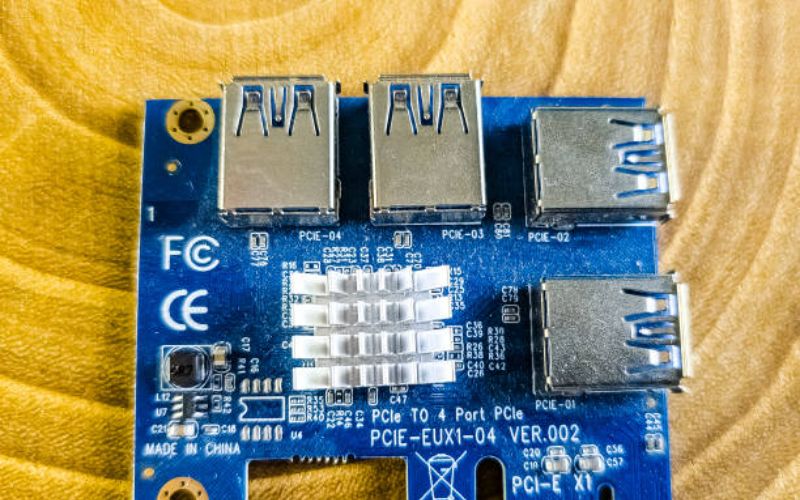Liquid cooling plate application is a cooling technique that utilizes a flat metal plate to dissipate heat from electronic devices or other machinery. The liquid used is often water or other fluids, which flow through the plate to dissipate the heat. By using liquid cooling plates, the heat generated by electronic devices can be removed more efficiently than air cooling methods.
Benefits of Liquid Cooling Plate Application
The main advantage of liquid cooling plate application is its effectiveness in dissipating heat. The heat transfer coefficient of liquid is much higher than air, allowing for faster and more efficient heat removal. Liquid cooling plates can also be customized to fit complex shapes and contours, making them ideal for cooling system designs that require specific configurations.
Applications of Liquid Cooling Plate
Liquid cooling plates have a wide range of applications in various industries, including electronics, automotive, aerospace, and medical. In electronics, they are used to cool high-performance CPUs and GPUs. In the automotive industry, liquid cooling plates are used to cool battery systems in electric vehicles. They are also used in the aerospace industry to cool engines and other systems on aircraft.
Design Considerations for Liquid Cooling Plate
When designing a liquid cooling plate, several factors must be considered. The plate's size, shape, and thickness must be tailored to the specific application to ensure optimal heat dissipation. Additionally, the material used must be selected based on its thermal properties, thermal conductivity, and corrosion resistance.
Types of Liquid Cooling Plate
There are several types of liquid cooling plates available, including brazed, inserted, and bonded. Brazed plates are made by joining multiple plates together using a brazing process. Inserted plates have channels cut into them to allow for the passage of fluid. Bonded plates are made by bonding a thermally conductive material to the surface of the plate.
Construction Materials for Liquid Cooling Plate
The most commonly used materials for liquid cooling plates include copper, aluminum, and stainless steel. Copper is the most efficient material for heat transfer, but it is also the most expensive. Aluminum is less expensive than copper but not as efficient. Stainless steel is relatively inexpensive and has good resistance to corrosion.
Benefits of Using Copper Liquid Cooling Plate
Copper is the most commonly used material for liquid cooling plates due to its high thermal conductivity and superior heat transfer efficiency. Copper also has excellent corrosion resistance and is easy to work with. Using copper liquid cooling plates can help to prolong the lifespan of electronic devices by preventing damage due to overheating.
Disadvantages of Liquid Cooling Plate Application
One of the main disadvantages of liquid cooling plate application is the complexity of installation. The system requires specialized equipment and expertise to install and maintain. Additionally, the system must be carefully monitored to ensure that the fluids used do not corrode or damage the electronic components.
Cost Considerations for Liquid Cooling Plate Application
The cost of liquid cooling plate application varies depending on the size and complexity of the system. Factors that affect the cost include the cost of materials, labor costs, and maintenance costs. While the initial cost of installation may be higher than air cooling systems, the long-term benefits of improved performance and reduced maintenance costs make liquid cooling plates a worthwhile investment.
Conclusion
Liquid cooling plate application is a highly effective method for dissipating heat from electronic devices and other machinery. By using liquid cooling plates, the heat generated by electronic devices can be removed more efficiently than air cooling methods. The benefits of using liquid cooling plates include improved performance, increased lifespan of electronic components, and reduced maintenance costs.
Quote Inquiry
Contact us!

